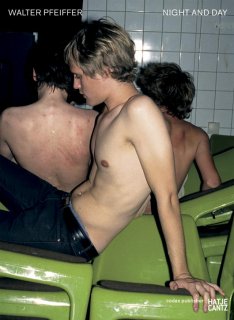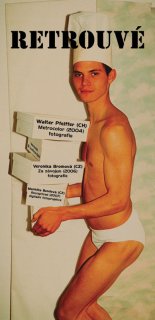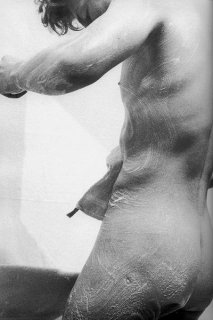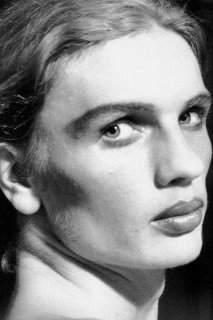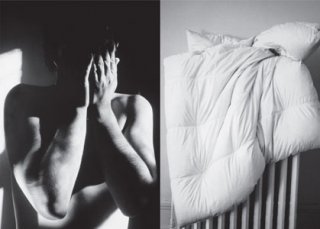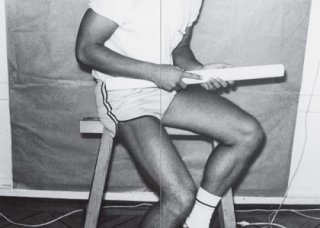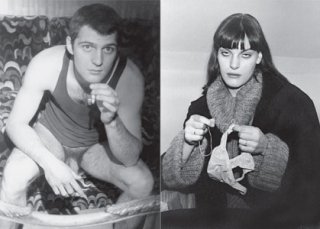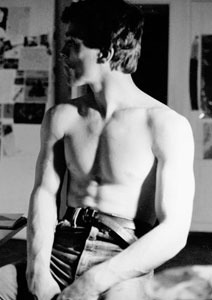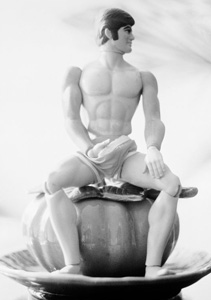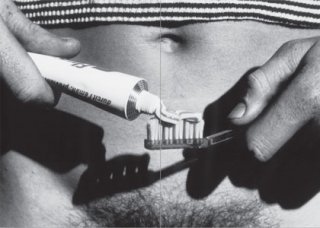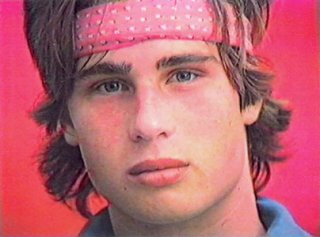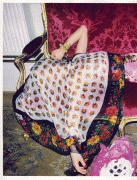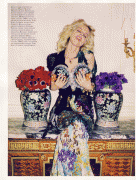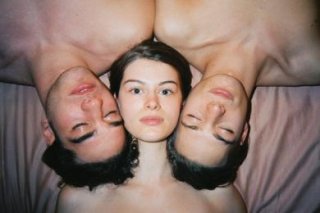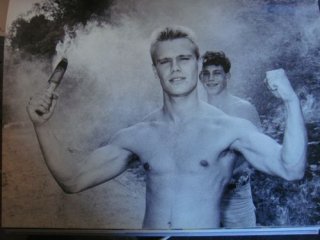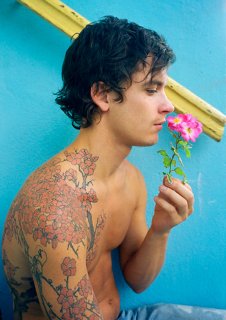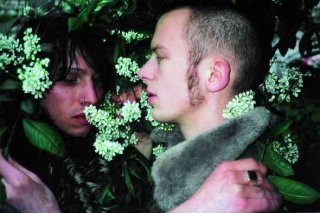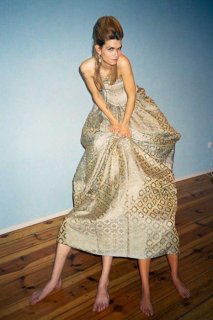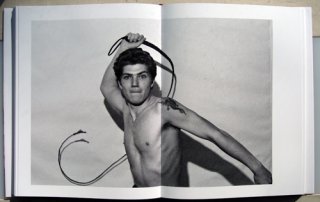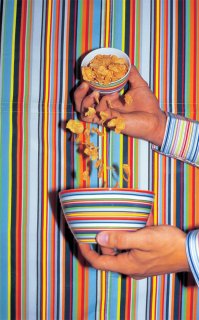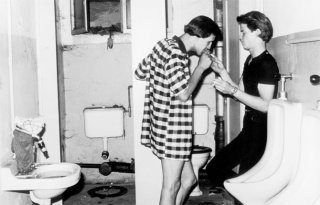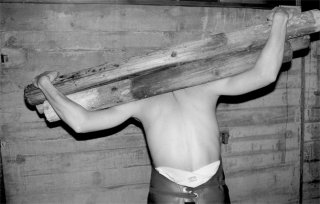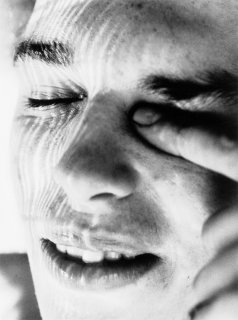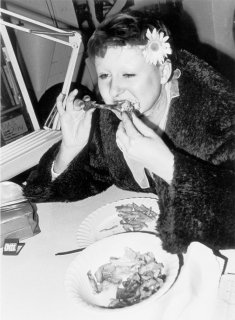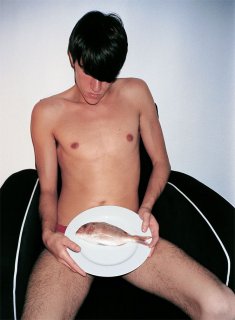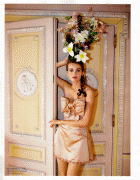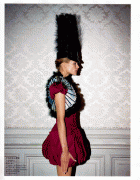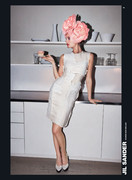BerlinRocks
Active Member
- Joined
- Dec 19, 2005
- Messages
- 11,220
- Reaction score
- 11
Not saying his recent premiere collaborations with Condé Nast France (Vogue Paris + Vogue Homme International) pushed me to open this thread ...
But ...

Walter Pfeiffer is known for his boys images ... more than anything else ...
images sources : hotshoeinternational / artkunst.cz / hintmag
including the cover of his book Night & Day and a flyer for an exhibition in Switzerland
But ...

Walter Pfeiffer is known for his boys images ... more than anything else ...
hint mag - 12 april 2008A contemporary of Nan Goldin, Billy Name and Larry Clark, and a forerunner of Wolfgang Tillmans, Heinz Peter Knes and Ryan McGinley, Walter Pfeiffer turned the everyday into a visual diary with his candid photographs, creating a free-spirited playground for his circle of friends and models. His point-and-shoot visions of youth, beauty and sexual identity—usually with a homoerotic bent—introduced a bold and controversial aesthetic.
Walter's first major art break came with the seminal 1974 group show Transformer, a title borrowed from Lou Reed's gender-bending album of 1972. Walter's contribution were photos of Carlo, a transsexual whom Walter photographed as both male and female. This was to become the Walter's genre, not unlike the Factory superstars of the 60s or the Club 371 kids of the South Bronx whom Jamel Shabazz immortalized in the 80s.
Walter's first book, titled simply Walter Pfeiffer, hit the scene in 1980. Its kinky cover of a Ken doll with one hand thrust into his underwear set the tone for the then-shocking images inside: hustler-looking boys cruising each other, drag queens at play, and barely-legal types hanging out, occasionally undressing for the camera. These were mixed with random film stills, landscapes and images of Walter's cats (a recurring theme)—all captured in Walter's signature in-your-face, tongue-in-cheek style.
Yet, although hugely influential, Walter Pfeiffer’s photography remained a relatively well-kept secret for a good thirty years. But that began to change in 2007, when i-D contacted him for an interview, resulting in a twelve-page fashion spread. Around the same time, Tom Ford would have his portrait for Vanity Fair be taken only by Walter and even sent a Bentley to retrieve him. That picture of Tom at home, robe-clad against an Andy Warhol screenprint, marked a mainstream triumph for Walter.
Recently, as I also live in Zurich, I summoned the courage to call the fearless sexagenarian. Although busy with an upcoming retrospective at Fotomusueum Winterthur and preparing a major shoot involving hunks in trunks in the Swiss Alps, he picked up. Two days later we met at the University of the Arts in Zurich, where he teaches evening classes in drawing. Let me now introduce you to the weird and wonderful world of Walter Pfeiffer.
Walter on...
His personal dress code
For twenty years Walter has adamantly worn one outfit per week, throughout the week, no matter what. "Otherwise I would forever be worrying what to wear. Every Monday is a new start."
Working with amateurs
"I love shooting good-looking friends, ideally first-timers fresh from school."
Getting a daily dose of erotica
He swears by it.
Agyness Deyn
In February, Walter shot Agyness Deyn for the May issue of i-D. How did it go? Agyness had an eye problem, says Walter, so the shoot was repeatedly postponed. And instead of a day, he got three hours. Still, she was a trooper and Walter garnered one of the six cover shots.
Fashion crises
When i-D sent boxes of designer clothes for last year's Couples issue, "I was literally on my knees,“ recalls Walter‚ “begging my friends to pose for me and help me out with the styling.“ They came through. "i-D were bargaining for a sandwich," he chuckles, "I delivered a 12-course meal."
His approach
"I don't want to always deliver, deliver, deliver. It needs to be easy, easy, easy. Fun, fun, fun. If it becomes too much, I'll quit. I want to deliver what's fun to do."
The not-so-swinging Swiss Sixties
"I was one of the first Swiss hippies," claims Walter, who no doubt startled the good people of Beggingen, the tiny village in the north where he grew up. In this photo, Walter is hanging out at Zurich's first hippie convention in 1968, wearing an outfit he made in art school. Later, a keen fan of French chanteuse and André Courrèges model Françoise Hardy, young Walter worked space-age chic, walking the mean streets of Zurich in a prissy white pantsuit.
Clockwork Switzerland
While at art school in Zurich, Walter's unerring eye for style landed him a job as a buyer for GLOBUS department store, which involved frequent trips to London. Yet each time Walter presented his latest Carnaby Street finds, the reply was: Great, but it won't work here. GLOBUS finally sacked him in 1971. Walter says he then eked out a living painting film posters and illustrating for the visionary German lifestyle magazine Twen. He stumbled into photography by taking polaroids of his friends to use for these drawings. Before long he replaced his brush and pencil with a point-and-shoot camera.
His cats
"My cats have always enjoyed a jolly good life with me,“ he purrs. Indeed, cats feature prominently in his work.
Video
Walter discovered video in 1977. Well into the Eighties, Walter would regularly film and direct home videos starring "friends and pets." As usual, the main intention was to dress up and have a laugh. These videos remained private until 1998, when a DVD compilation, again simply called Walter Pfeiffer, came out. It's almost impossible to come by now.
His idols
Walter cites Cecil Beaton, Manolo Blahnik and John Galliano as his idols, because of their personal style and sartorial flair, while back in the day it was French couturier André Courrèges, as well as U.S. fashion designer Ken Scott, whose exuberant floral prints were all the rage in the '60s and '70s.
Heidi Klum's catchphrase
"The outs of yesterday are the ins of tomorrow."
Coming out of the closet
"Everything went wrong, but I survived."
His dream shoot
"I'd like to shoot Podolski." Lukas Podolski—gasp, sputter—the German soccer star? "Yes. He looks so gorgeous, don’t you think? I want to shoot him at Bayern Munich. I just talked to Vanity Fair Germany about it."
images sources : hotshoeinternational / artkunst.cz / hintmag
including the cover of his book Night & Day and a flyer for an exhibition in Switzerland


